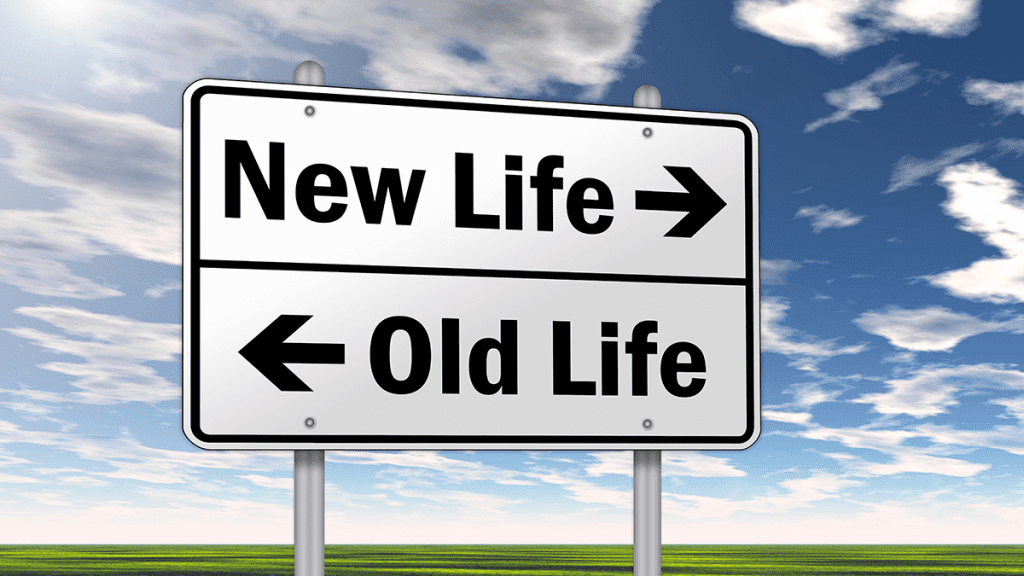
5 stages of retirement
Retirement is a time that marks the passage from a life of work to a life of accomplishment, leisure, and choice. As most people feel defined by their job, that transition is not always easy.
Like other major life transitions, it can be filled with various emotions and concerns. But throughout the stages of retirement planning, you can gain an awareness of what to expect and how to better navigate this new chapter in your life.
While adjusting to retirement stages and life after retirement may be challenging at first, it’s never too late to be proactive and start planning for a fulfilling lifestyle.
To help with the transition, here’s a look at the 5 common stages of retirement most people experience.
FIRST STAGE: PRE-RETIREMENT “Gearing Up”
The stage before you actually retire involves imagining your new life and planning for it. This stage can extend 5 to 15 or more years before your actual retirement date.
Most people shift their focus from building their careers to focusing on the financial planning aspect of retirement. But many don’t spend enough time on emotional planning.
Along with your finances, you need to consider what will make you happy and fulfilled while you transition. By doing so, you can have a much smoother experience.
Emotional planning should be part of your budget. Making lifestyle decisions, such as downsizing to have more financial freedom and the ability to age in place, will help you plan for both your financial and emotional well-being.
For many, this stage is a time of excitement and anticipation. But it can also be a time for worry and doubt, especially early in retirement. Anxiety can set in when people worry that they won’t have enough money saved for when they actually retire.
SECOND STAGE: FULL RETIREMENT “Cheering Up”
The honeymoon phase of retirement occurs in the first one to two years after retirement.
This liberation phase includes feelings of excitement, relief, and freedom from the stress and responsibilities of your day-to-day working life.
People in this stage are usually busy reconnecting with family, friends, and spouses. They spend time on hobbies, travelling, and starting new businesses.
Instead of a taking a honeymoon vacation-like path in this stage, some people choose to settle into a routine immediately, waking up each morning with a plan in place, and often continuing activities that were part of their busy schedules during their working life. And others opt for rest and relaxation after years of working demanding jobs that drained all their energy.
THIRD STAGE: DISENCHANTMENT “Fearing”
Once the emotional high of retiring has worn off, and the honeymoon phase is over, many people feel a sense of disappointment and disillusionment. They have spent a long time looking forward to retirement. Once retired they can feel less excited than they hoped to be. And they may end up feeling like something is missing in their lives.
There can be downsides such as boredom, loneliness, and feeling useless. And if not addressed, it can be easy to slip into a depression during this stage.
FOURTH STAGE: REORIENTATION “Reengineering”
Often considered the most challenging stage, reorientation usually occurs after retirees quickly go through their retirement to-do list, feel a loss of purpose, and begin to evaluate their retirement experience.
Reorientation involves creating a new identity, and it can take some time and effort to accomplish. But once you have built a new identity, you can gain a sense of closure from your working days and move on to enjoy retirement as it’s meant to be enjoyed.
To avoid falling into a rut and depression, it’s crucial that you find something that gives you a sense of meaningful purpose later in life, such as pursuing a passion, volunteering, and adding new fun activities to your daily routine.
FIFTH STAGE: RECONCILIATION & STABILITY “The Good Stuff”
This final stage may start up to 15 years after the official start of retirement. Retirees in this stage are content and hopeful in their transition and will experience less depression and anxiety.
In this stage, retirees are settled into a fun and rewarding retirement lifestyle, doing things that make them feel fulfilled. They prioritize simplifying their lives and living relaxing lifestyles.
Health conditions may be more prevalent during this stage. Retirees should focus on maintaining their health and independence. Some may even move to retirement communities where they can age in a place with access to healthcare, amenities, activities, and friends nearby.
Not every person will experience each stage as intensely or for the same amount of time as others. Most retirees will experience this process in some form once they stop working.
Like with any major transition in life, retirement comes with a whole array of emotions and worries. But if you thoughtfully plan for your financial and emotional transition , you can help ease the overwhelming emotions of this significant life transition, and spend more time enjoying your new life to the fullest.
Related Articles:
* Please leave a comment below. You may comment anonymously or you may use your first name. We may post or quote your comment on the website. We will never post or share your last name, email address or any other personal identifying information.
